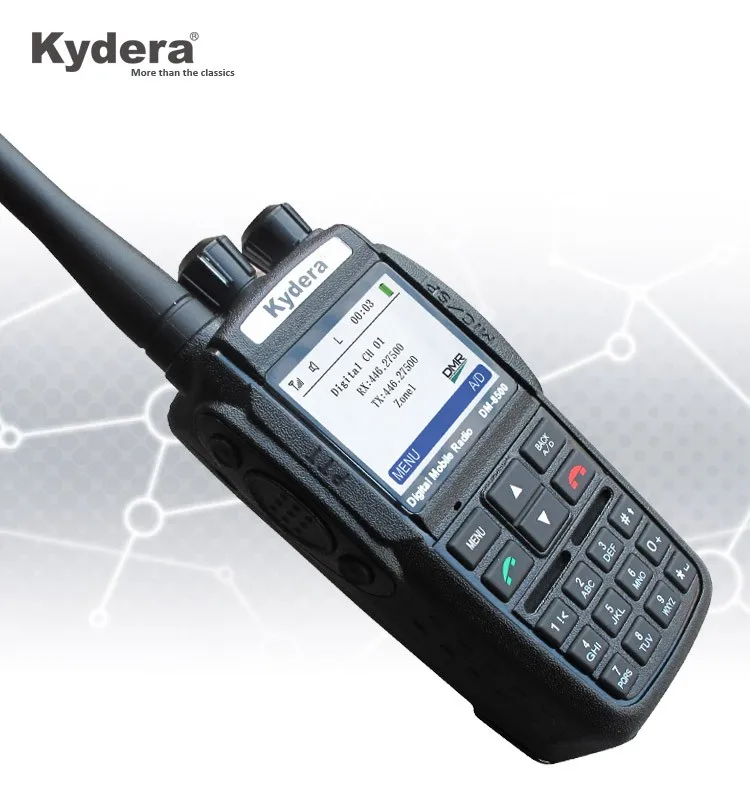


#Fm radio scrambler tv

For which materials does the car still operate, and for which materials does the car not operate? Why do you think this is? Repeat this process using each different material separately.Test to make sure that the car still works when it is not covered with any material. Remove the tested material from the remote control.Try to operate the radio-controlled car using the cotton-covered remote control.Make sure that the remote control is completely and securely covered so that there are not any openings or holes in the covering, and that it is covered loose enough so that you can still operate the controls. Every covering should be loose enough so you can still operate the remote control buttons through it. Make sure you have enough of each material you want to test (the cotton, aluminum foil, plastic wrap, wax paper, and rubber glove) to completely cover the RC car remote control.Check that the car runs well on the open space that you will be using. First check the radio-controlled car and its remote control to make sure they both have fresh batteries.A smooth, wide open space to test drive your radio-controlled car.

Cotton (such as a piece of clothing made from cotton).Radio-controlled car and its corresponding remote control (both with working batteries).Some materials can block the radio waves that the transmitter generates, which can be tested by seeing whether a receiver can process and respond to information sent by a transmitter. (The reverse process of what happened in the transmitter when the current generated the electromagnetic field in the first place.) The receiver then processes the current back into the transmitted information, which, for a radio, allows you to hear music or other broadcasts. When the electromagnetic radio waves hit a receiving antenna, or receiver, such as a radio, it generates a current inside of a wire in the receiver. This electromagnetic field radiates out of the antenna in all directions, creating invisible radio waves. When current flows within a wire, it generates an electromagnetic field around the wire. This is possible because inside transmitters are wires that allow negatively charged particles, called electrons, to flow through them, which makes an electrical current. Have you ever noticed that you lose reception on a car radio or cell phone when you drive into a tunnel or an underground parking garage? What materials block the radio waves, and which ones allow the waves to easily pass through?Ī transmitting antenna, or transmitter, generates and sends out radio waves thanks to a specific electrical current. Some materials can block, or interfere with, radio waves. To send information using radio waves, a transmitting antenna sends out a radio wave at a certain frequency (which can tell us the size of the wave), and this is picked up by a receiving antenna. Radio waves are not harmful but are in fact extremely useful for communicating across long distances. Radio waves are a type of electromagnetic radiation, a kind of energy that also includes visible light. Some of these waves are called radio waves. Have you ever wondered how a radio can receive music and news broadcasts over thin air? Radios, as well as radio-controlled cars and cell phones, all receive information via invisible waves.


 0 kommentar(er)
0 kommentar(er)
